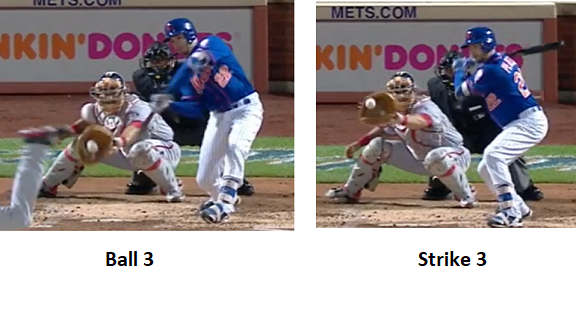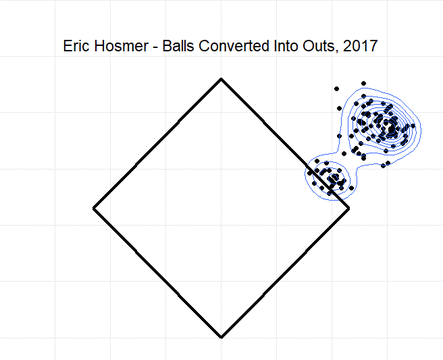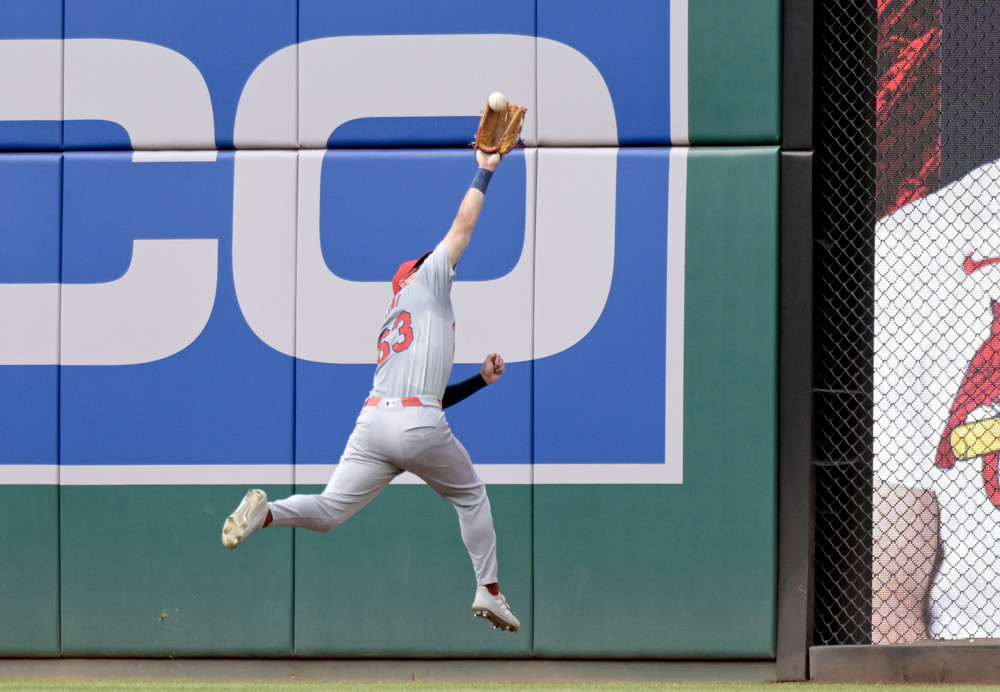By Mark Simon
All stats through Tuesday’s games
Houston Astros ace Justin Verlander’s opponents’ BABIP this season is .204.
Simply put: That’s ridiculous.
Verlander has allowed a lot of home runs this season, 33 to be exact.
He’s barely allowed anything else. He’s yielded 85 hits that were not home runs in 200 innings.
The next-lowest opponents’ BABIP by a pitcher currently qualified for the ERA title is the .241 by San Francisco Giants starter Jeff Samardzija. If Verlander keeps his BABIP under .210, it will be the lowest for a pitcher who qualified for the ERA title since Jeff Robinson had a .208 for the 1988 Detroit Tigers.
If he keeps it at .204, it will be the lowest since Dave McNally’s .202 for the 1968 Baltimore Orioles. And if Verlander lowers it below McNally, it will be surpassed in baseball’s modern era by only Ed Reulbach and his .196 for the 1906 Cubs.
| Lowest Opponents BA on Balls in Play – 2019 Season | |
| Justin Verlander | .204 |
| Jeff Samardzija | .241 |
| Jack Flaherty | .253 |
Verlander has done a lot of amazing things in his career. How did this happen?
Let’s look at things a little more closely.
It’s the ground balls
Verlander induces ground balls on 35 percent of the balls that are hit against him. That’s not a high rate by any means. But his infielders seem to always be ready for them.
Opposing hitters are batting .158 (25-for-158) when hitting a ground ball against Verlander this season. That’s 91 points below their average against him on ground balls entering this season.
Verlander had one year that was sub-.200, 2012 when that number was .181. But last year, it was .280. In five of the previous six seasons, it was .260 or higher. The MLB average is usually around .240.
So this is atypical for Verlander. It’s atypical for anyone.
It’s the shifts
The Astros are an aggressive team when it comes to shifting. Since 2013, they’ve been among the annual leaders. Verlander’s former team, the Tigers, never had the zest for shifting in Verlander’s time there. They shifted some, but not at a notable level.
Not every pitcher likes defensive shifts, but you would hope that Verlander does. Opponents are 8-for-72 when hitting a ground ball against Verlander with the Astros using a shifted defense. They’re hitting .111, which is less than half of what the average player hits on those balls (.228).
Sports Info Solutions records net hits saved against shifts* and estimates that the Astros shifts have a net savings of nine hits on Verlander’s ledger (that includes ground balls and line drives … by our calculations, it’s six hits saved on ground balls). Nine hits saved is worth 23 points to Verlander’s BABIP.
* The methodology for calculating net hits is as follows: If a batter makes an out against the shift on a groundball that is a hit against an unshifted defense 80 percent of the time, the pitcher gains eight-tenths of a hit saved (0.80). And if a batter gets a hit on a ball that is an out against an unshifted defense 80 percent of the time, the pitcher loses 0.80 hits from facing a shifted defense.
The sum of all of a pitcher’s gains and losses on his groundballs and short line drives over a season or seasons is his net gain or loss for that period.
In fairness, the Astros defenders are pretty good on the ground balls on which they don’t shift too, but it’s not quite as stark. Batters are hitting .183 on those (15-for-82) compared to an MLB average of .237.
The air up there
The difference in BABIP on a line drive and a fly ball is stark. It’s .678 to .119 for the average major league pitcher. Line drives are hard for a defense to field. Of course, if you give up a fly ball, you’re working at an increased risk of giving up a home run. The trade-off isn’t worth it for a lot of pitchers. But it is for Verlander.
Verlander has a fly ball rate of 47% and a line drive rate of only 18%, which rank third-highest and ninth-lowest respectively. The ratio of fly balls to line drives is 2.6-to-1. The only pitcher with a higher ratio is John Means (2.8). The average ratio is 1.7-to-1. To validate this further: The average launch angle on a ball hit in the air against Verlander is 36 degrees, the highest for any pitcher. Verlander has thrown the sixth-most high pitches* of any pitcher. He plays into the launch tendency by throwing pitches that are tough to launch.
* high pitch = in the upper-third of the strike zone or above the top of the zone
Go back to the no-hitter Verlander threw against the Blue Jays. There were seven balls hit in the air against him. None were line drives.
This is relevant because it explains why Verlander’s BABIP is so low. He’s had lots of easily-catchable fly balls and very few tough-to-catch line drives. Opponents have a .233 BABIP against Verlander when they hit the ball in the air. The MLB average BABIP on air balls is .349 because there is a higher mix of line drives against most pitchers.
Verlander is not most pitchers.
Great plays, not so much
Our video scouts track Good Fielding Plays. They can pick from about 30 categories and most of the options are related to Web Gems.
There have been eight Good Fielding Plays for Verlander this season. That’s not a lot in total (Eric Lauer leads MLB with 33) and it’s not a lot on a rate basis (2 per 100 balls in play, which ranks in the bottom 20% of pitchers with at least 200 balls in play against them).
If you’re wondering – the lowest out probability resulting in an out behind Verlander this season is 11% on this line drive hit by Edwin Encarnacion that was snagged by Astros leftfielder Michael Brantley. A nice catch at the shoetops. There haven’t been many like that.
It’s not the official scoring
We can go through this quickly. If you were thinking there was some sort of scoring favoritism behind Verlander’s numbers, there isn’t.
Verlander hasn’t received any favorable treatment from official scoring that would keep his hits allowed down.
There have been five errors on balls hit against Verlander. Watch them. They’re all easy error calls for the official scorer.
So in all …
The answer to the question in our headline turns out to be a rather boring one. Verlander’s BABIP is as low as it is because the Astros have put their infielders in position to make plays on ground balls. And when the ball is hit in the air, it’s usually launched rather than hit on a line. Sometimes it goes out of the ballpark. But when it doesn’t, it’s usually caught.
Verlander’s expected BABIP allowed is .234. That’s a 30-point jump but would still be better than any ERA-title qualifier. The number is impressive from any perspective.
It’s a combination that is boring, effective and rare. It may be enough (along with all the strikeouts) to win Verlander another Cy Young.
For more notable numbers, check out our Stat of the Week



